Plants ordered now will ship Spring 2026 🙂
Arnica chamissonis potted plant, organic
Price range: $8.50 through $21.95
Family: Aster (Asteraceae)
Hardy to Zones 4 to 10
(Meadow Arnica. Chamiso Arnica) Creeping alpine herbaceous perennial native to the American Mountain West. Traditional usage (TWM): German Commission E has determined that this Meadow Arnica is interchangeable with Arnica montana for its antiinflammatory effects. Arnica chamissonis is less elevation dependent than Arnica montana, and yields well from multiple flower stalks. Planted in loose, acidic loam soil, and given a sunny and moist position, this plant will make a carpet of live roots within a couple of years. Highly florific when happy. One of the better herbal bedding plants, as it fills the bed with flowers and remains short. Space plants 6 inches to a foot apart to get started.
Potted plant, Certified Organically Grown

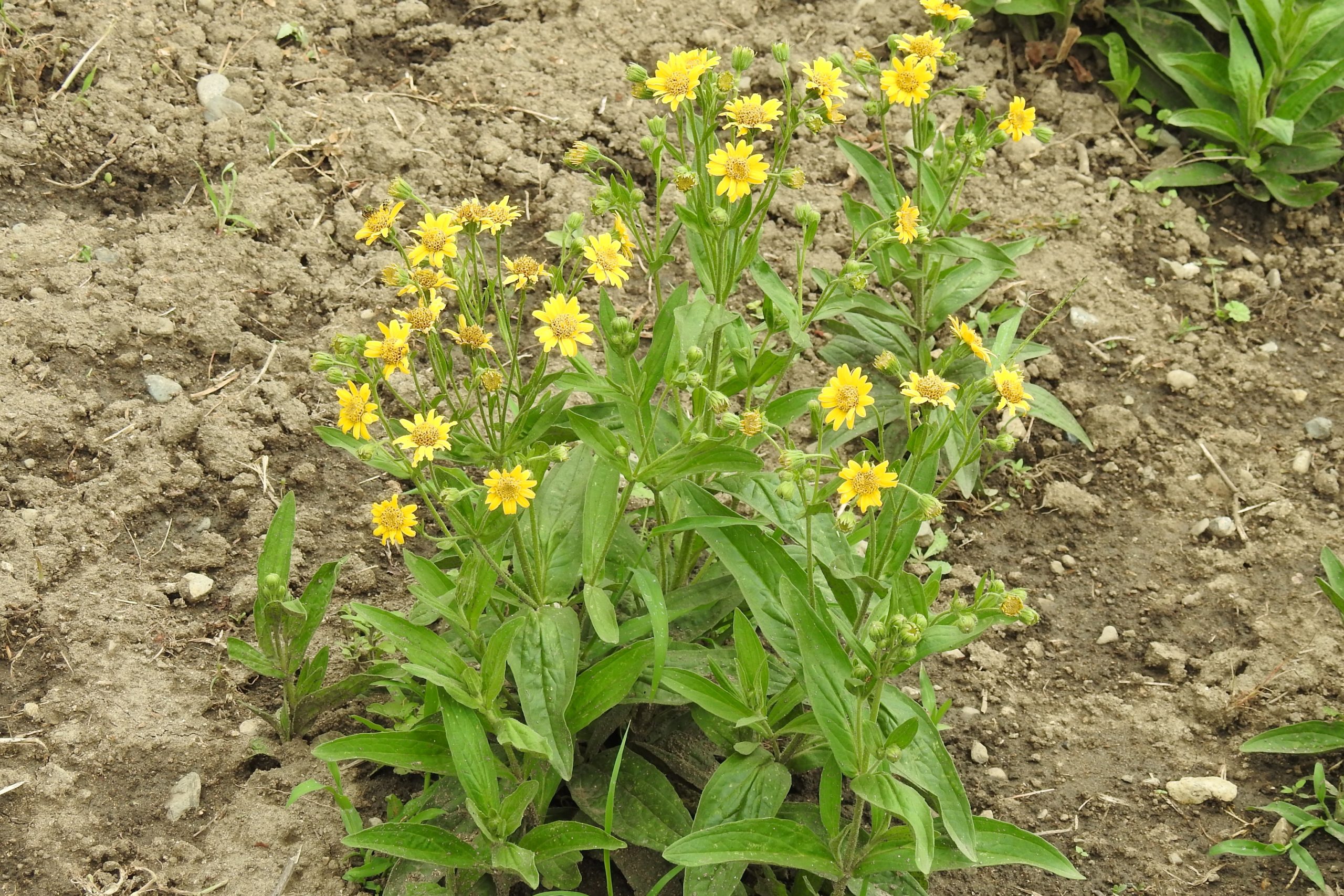
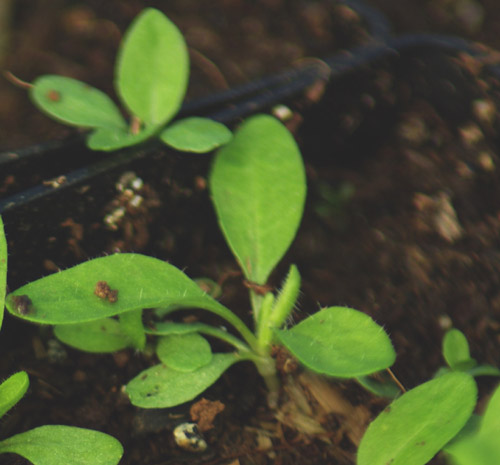

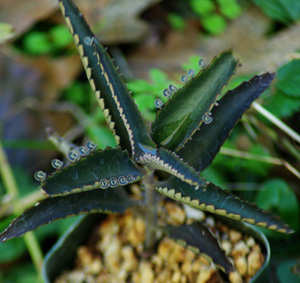
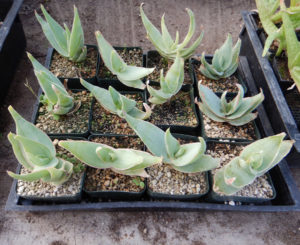

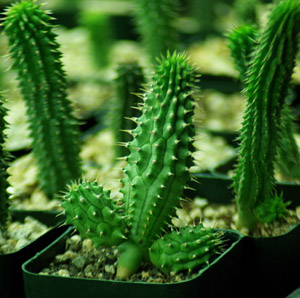
Kate the Shrinemaker –
Hi Richo.
I would love to grow a patch of arnica flowers but PT is dry and windy. If I put the plants on the North side of my house and keep them moist can I get them to be happy? They will get some eastern light in the AM.
Might they do well in a container? In any case I will keep them moist.
Always go to you first for seed!
Love, Kate
Upvote if this was helpful (0) Downvote if this was not helpful (0) Watch Unwatch Flag for removal
Richo Cech –
Hi Kate, Arnica chamissonis is easy to grow in the conditions you describe. One trick to keep them moist is to mulch with coco coir. Arnica really likes that. They do fine in containers. Richo
Upvote if this was helpful (0) Downvote if this was not helpful (0) Flag for removal
Rebecca Denhoff –
Purchased the seeds and grew them out in a flat. Planted them 2 years ago and they have slowly spread to a patch that provides lots of blooms that I make the oil and salve with. Not invasive. Used the oil on my leg after being injured by a bull, really helped.
Upvote if this was helpful (1) Downvote if this was not helpful (0) Watch Unwatch Flag for removal
Dina Boorn (verified owner) –
I’ve bought a LOT of plants online and I’ve never received anything as well packaged and lovely as yours!! I am just thrilled with my purchase!
Upvote if this was helpful (0) Downvote if this was not helpful (0) Watch Unwatch Flag for removal
Question
Lisa –
Hello. Is this a plant that spreads easily? Thank you.
Upvote if this was helpful (0) Downvote if this was not helpful (0) Watch Unwatch Flag for removal
Richo Cech –
Hi Lisa, It does spread by runners but is incapable of being a pest. One wishes it would spread more, and stay around longer… richo
Upvote if this was helpful (2) Downvote if this was not helpful (0) Flag for removal
Question
Pat Coyle –
I live in the Fort Worth Texas area. It is black alkaline I can amend the area by tiling in sand to loosen it up. Will I be wasting my time trying to grow Arnica. I was wanting to start with 10 plants to see if they will flourish. It is to be used with the Comfrey that my wife makes her salve with. Your thoughts? We are zone 8A and we get 34″ to 43: of rain a year But, we have hot summers. Thanks, Pat Coyle
Upvote if this was helpful (0) Downvote if this was not helpful (0) Watch Unwatch Flag for removal
Richo Cech –
Hi Pat,
I do think Arnica chamissonis would be the best choice. I can grow these in direct sun in southern oregon and they really love it, so its not that much of a leap to texas–same zone designation, you probably have more humidity. Anyway if its just too hot down there you might consider the mexican arnica. that would really yield out for your salve. richo
Upvote if this was helpful (0) Downvote if this was not helpful (0) Flag for removal
Question
Laurel Fitzhugh –
I am in the high desert, Prescott AZ. Pine/juniper area. Which arnica will do better?
Upvote if this was helpful (1) Downvote if this was not helpful (0) Watch Unwatch Flag for removal
Richo Cech –
Hi Laurel,
I would suggest the “Mexican Arnica” heterotheca inuloides. The true arnica would probably suffer in Prescott unless you were able to supply shadecloth that would increase humidity and soil moisture. Other possible cultural practices that might help you out would be: thick coir mulch (black gold “just coir” or similar product) and of course selection of plants that are native to your area or in general drought-tolerant, such as the Mediterranean herbs. I also received a suggestion from you about the possibility of creating categories of plants that require certain environmental characteristics such as elevation, dryness, etc. and all I can think of in this respect is to filter with the very functional search engine that is on this site–search words like “desert” or “Mediterranean” or even “Boraginaceae” might be very helpful. As with anything herbal, there is information overload and any kind of enterprise is going to require study and experimentation. I recommend “Herbal Resilience” as a good choice for you. Richo
Upvote if this was helpful (1) Downvote if this was not helpful (0) Flag for removal